To ensure the sustainability of life in the city, urban green spaces must be accessible and exist in their multiple types, forms, and dimensions.
As urbanization intensifies around the world, and the devastating effects of global warming are increasingly evident, it is vital to promote urban ecosystems as a tool to achieve ecological balance within the city. Urban ecosystems are the base to guarantee healthy and sustainable places to live, work and visit. Urban settlements can exist in ecological balance and, in fact, without it, urban areas as we know them, have their days numbered. Ecological balance ensures urban developments are sustained and resilient through time.
Designing cities begins with planning at a larger scale. Nature is not governed by the administrative limits imposed by humans. Ecological limits have been thoroughly studied and it is imperative that we respect them. Cities must accommodate for the natural elements and cycles, not the other way around. It is essential to maintain, preserve, and even increase the area of existing rural and natural areas so that urban areas are surrounded by natural environments. In fact, natural areas must enter rural areas, and rural areas must permeate the urban space.
Green corridors bring the ecological structure to and through the city and are essential elements for the ecological balance of cities. The ecological link between the countryside and the city must be restored, promoted, and nurtured as if life in the city depended on it. Because it does! Human connection to nature has been the basis of our existence for millions of years and, in a world where the effects of climate change reign, it is of the utmost importance that cities position themselves in favor of the transition to more sustainable and resilient environments and where the ecological services biodiversity are promoted.
The success of cities, which want to be green and based on nature, is only possible through a better knowledge of the entire ecological cycle, including air, water, soil, plants, and fauna, and through careful considerations about environmental quality, sustainability, and the well-being of populations. Urban ecosystems and green corridors are key elements of the city’s infrastructure, offering technical solutions to complex problems, such as stormwater management, for example. They are social spaces that provide healthy, sustainable, and pleasant spaces for the population’s contact with nature and are a support for biodiversity.
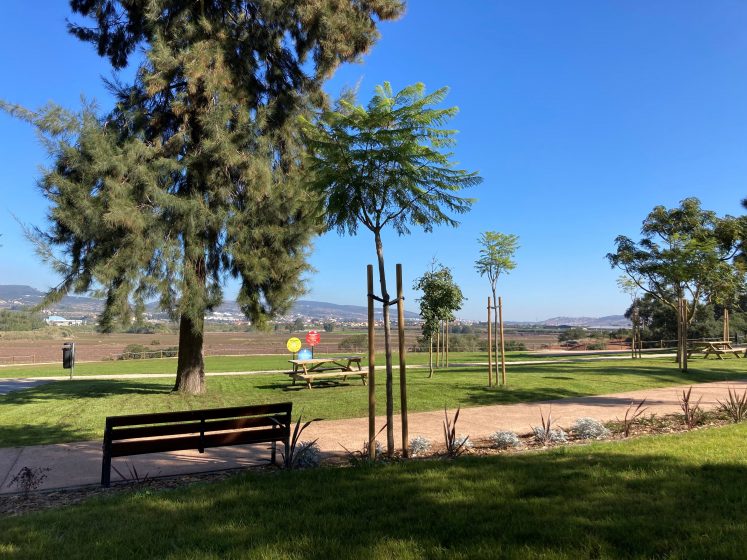
All elements of the urban green structure are an important part of the system, each contributing to the balance of the whole. Planted medians and islands, permeable pavements, and small landscaped areas around buildings don’t have much spatial expression on their own, but together are essential for the stormwater management of the city. Balconies and green roofs scattered throughout the city are crucial for insects on their pollen collection route and as resting places for birds on their migratory journeys. The large municipal park is as important to the urban ecological structure as the alignment of trees or the small residential garden. A balanced system works as a whole. As time passes, the greater or lesser capacity for resilience of the elements of the urban landscape is what allows, or does not, for the balance in the system, because this system is open, dynamic, adaptable, and in permanent transformation. The design, development, and evolution of the city must be guided by the pursuit of ecological balance. To ensure the sustainability of life in the city, urban green spaces must be accessible and exist in their multiple types, forms, and dimensions.
Just like the elephant and the ant.
Maria Aragão
Lisbon


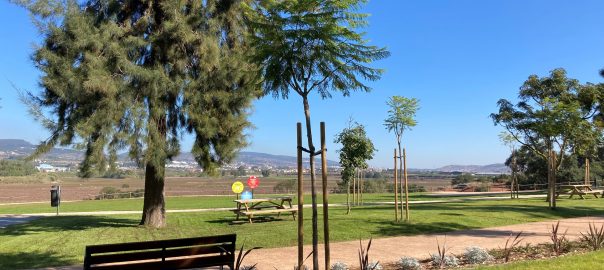
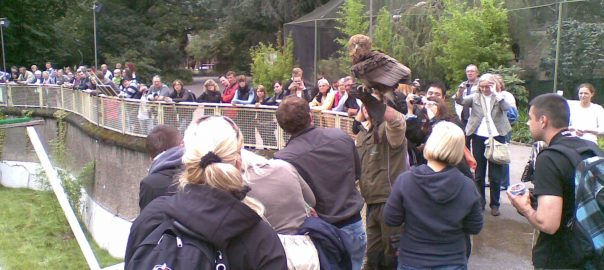
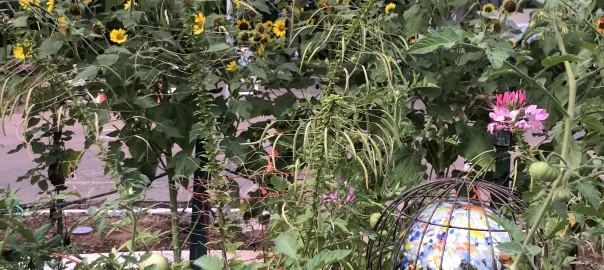
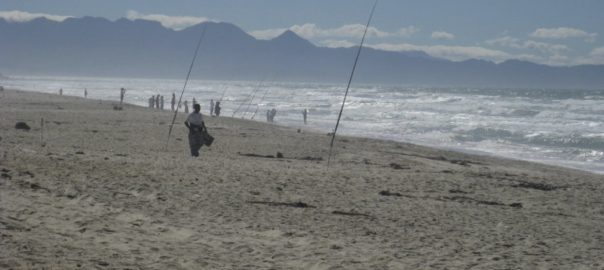
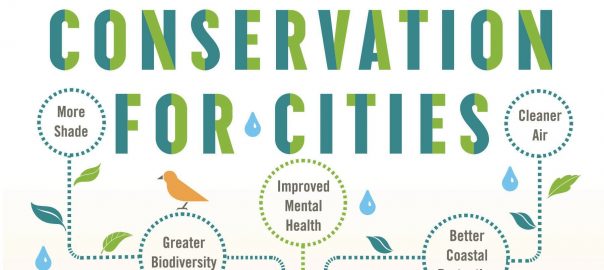
Leave a Reply